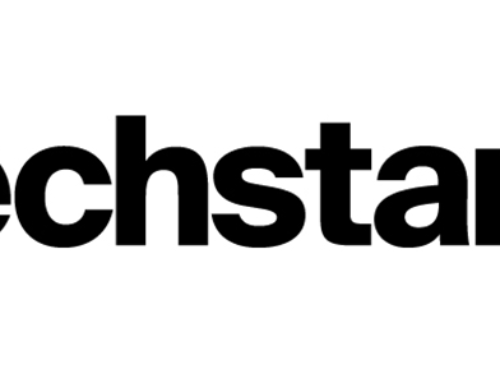Burlington’s Electric Department (BED) has a Net Zero Energy goal of making Burlington a net zero energy city by 2030. ProsumerGrid was engaged by BED to a) perform a technical analysis to determine optimal load control and energy storage resource planning portfolios to meet a 100% renewable resource requirement at hourly granularity and b) to conduct a pilot demonstration of ProsumerGrid’s capability related to system-level optimal resource planning with renewables and energy storage.
The strategic objectives of this project were identified as:
- Finding the lowest capacity values and hour-by-hour energy schedule of wind and solar power generation plus energy storage (charge and discharge) that are equivalent to the 8760 hourly power output of an existing generation.
- Finding the least cost (capex+opex) portfolio of resources with their capacities and hourly schedules to meet the forecasted system load for every hour within the simulation horizon (20 years).
The analysis used the ProsumerGrid Grid+DER Planning Studio, a next generation integrated resource planning software that combines: distributed energy resources techno economic models (solar, storage, electric vehicles, building energy efficiency and electric heat pumps), renewables and conventional generation; high fidelity electricity models (transmission, distribution, microgrid three-phase unbalanced power flow); time series data for loads, weather, tariffs, AI, machine learning, and probabilistic optimization algorithms to forecast, simulate the impacts and optimally plan energy resources.
- Key findings and takeaways are listed as follows: Intraday and seasonal variability of wind and solar generation have a great impact on the planning outputs.
- Planning purely based on the annual energy generation is not sufficient and reliable enough. This underlines the importance of the integration of hourly operating profiles with planning decisions.
- Allowing for renewable excess energy curtailment increases the optimal capacities for candidate renewable options while decreasing the optimal capacity for energy storage.
- The 100% renewable scenario results in a portfolio of utility scale solar, on shore wind and li-ion batteries alongside the existing fleet.
- The least cost renewable scenario resulted in an addition of a gas combined cycle unit to the existing fleet.







